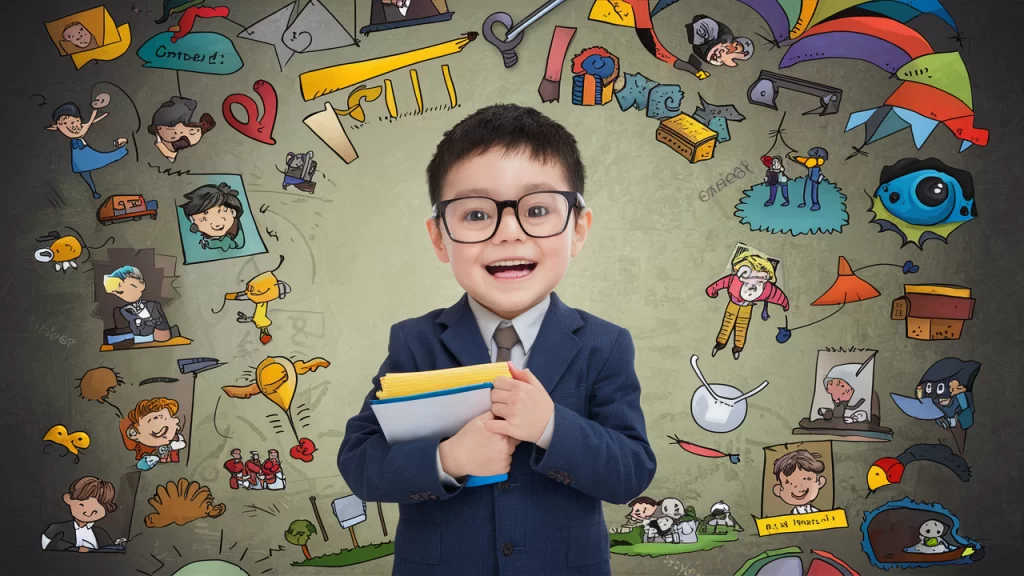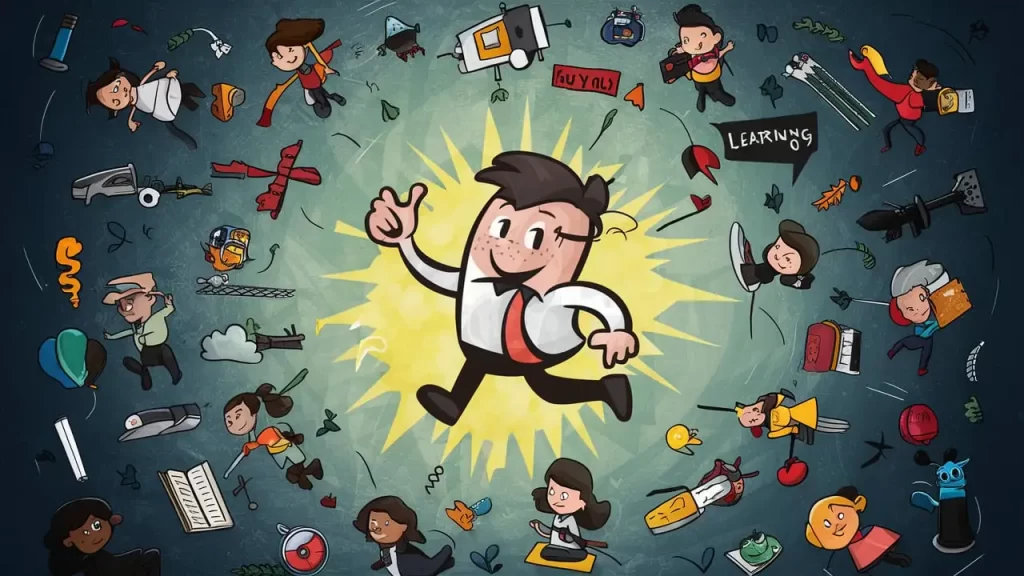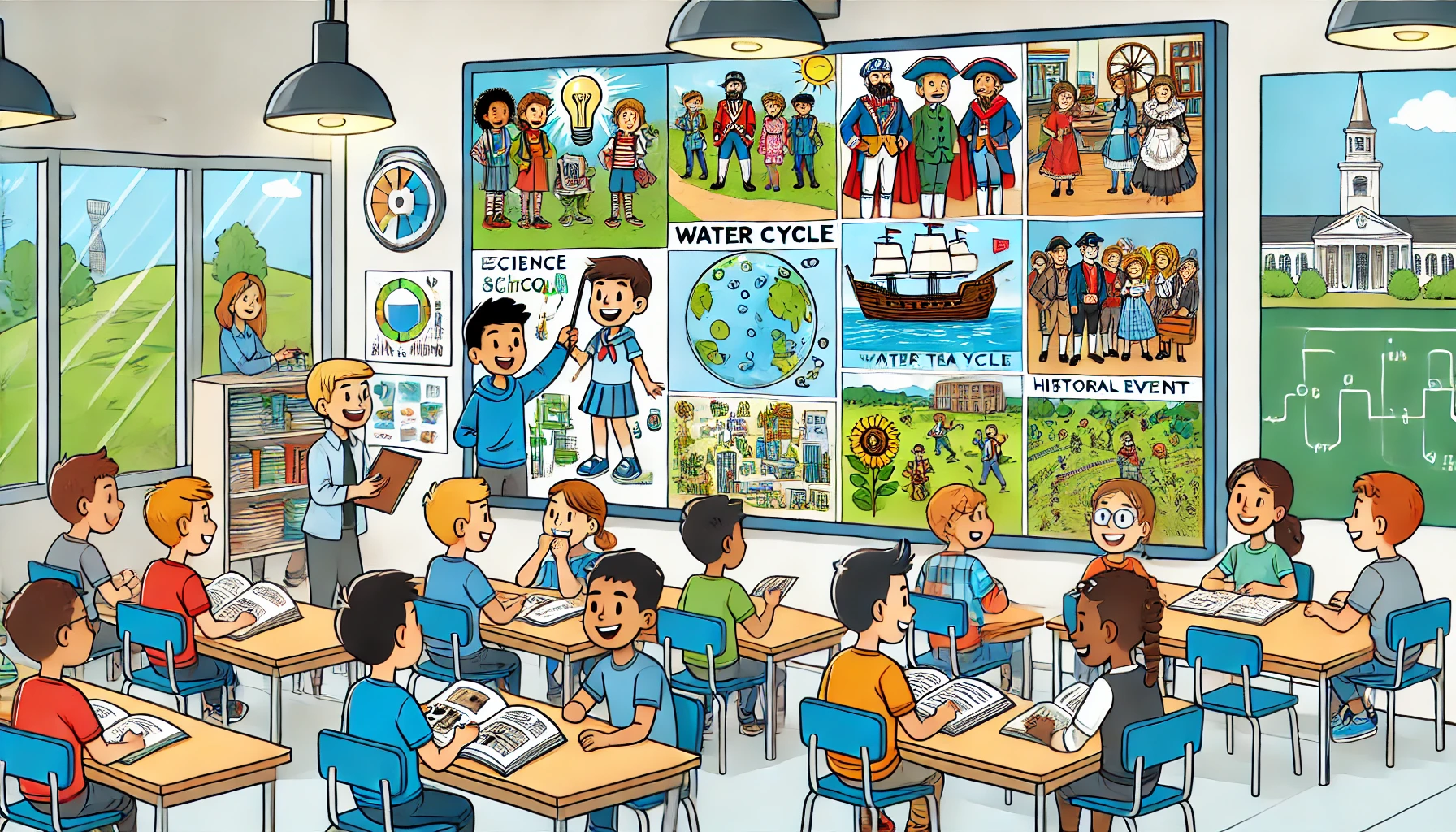Educational School Cartoon Comic: A Fun Way to Boost Learning
Educational school cartoon comics are quickly becoming a popular tool in classrooms worldwide. These vibrant, story-driven comics combine education with entertainment, making learning both engaging and enjoyable for students. This article will explore how these comics can effectively boost learning, simplify complex concepts, and encourage creativity. We’ll also discuss how they can be integrated into different subjects and learning styles. By the end, you’ll see why educational school cartoon comics are a valuable resource for modern education.
The Appeal of Educational School Cartoon Comics

Making Learning Fun and Engaging
One of the biggest challenges in education is keeping students interested in the material. Traditional methods often fail to capture their attention, leading to disengagement. This is where educational school cartoon comics shine. These comics blend humor, adventure, and information, turning lessons into stories students want to read. By presenting information in a fun format, these comics help students stay engaged and excited about learning.
Visual Learning Simplified
Many students are visual learners, meaning they understand and remember information better when presented visually. Educational school cartoon comics are perfect for these students. Combining text and colorful images helps break complex ideas into easily digestible pieces. For example, a comic about the water cycle can visually show the stages of evaporation, condensation, and precipitation, making it easier for students to grasp the concept.
Simplifying Complex Concepts
Breaking Down Difficult Subjects
Subjects like math and science can be difficult for some students to understand. Educational school cartoon comics can simplify these subjects by turning abstract ideas into concrete examples. For instance, a comic about fractions might show characters dividing a pizza, making the concept more relatable and easier to understand. Students can see how these concepts apply in real life by presenting these ideas in a story format.
Making History Come Alive
History is another subject that can benefit from educational school cartoon comics. Instead of reading dry facts from a textbook, students can follow a comic that brings historical events and figures to life. For example, a comic about the American Revolution could depict critical events like the Boston Tea Party in a way that is both educational and entertaining. This method helps students remember historical events by associating them with memorable stories and characters.
Encouraging Creativity and Critical Thinking

Sparking Imagination
Educational school cartoon comics do more than teach facts; they also inspire creativity. These comics’ imaginative stories and characters encourage students to think outside the box. Whether creating comic strips or imagining new endings to existing ones, these activities foster creativity and allow students to express their ideas uniquely.
Building Problem-Solving Skills
Many educational school cartoon comics present challenges that characters must solve, encouraging students to develop problem-solving skills. For instance, a comic about a mystery might require characters to use clues and logic to find the solution. As students follow along, they practice these same skills, learning to approach problems from different angles and think critically about possible solutions.
Integrating Educational School Cartoon Comics into the Curriculum
Versatility Across Subjects
One of the most significant advantages of educational school cartoon comics is their versatility. These comics can be adapted to almost any subject, making them a valuable resource for teachers. For example, in a science class, a comic could explain the laws of physics, while in a language arts class, students could analyze the narrative structure of a comic. This flexibility allows teachers to use these comics in various ways to enhance their lessons.
Catering to Different Learning Styles
Every student learns differently, and educational school cartoon comics can cater to various learning styles. Visual learners benefit from the images, while auditory learners can read the dialogue aloud. Kinesthetic learners can engage by drawing their comics. By appealing to different learning styles, these comics help ensure that all students can grasp the material, regardless of how they learn best.
Also Read: US Public Education System History: Uncover Shocking Truths and Triumphs
The Impact on Student Motivation and Participation
Increasing Classroom Participation
Students are more likely to participate in class discussions and activities when excited about their learning. Educational school cartoon comics can spark this excitement by making lessons more exciting and relatable. For example, a comic about environmental conservation might inspire students to share their thoughts on how they can help protect the planet. This increased participation leads to a more dynamic and interactive classroom environment.
Encouraging Group Work and Collaboration
Many educational school cartoon comics are designed for use in group settings, where students can work together to solve problems or create their own stories. This collaboration helps students develop important social skills like communication, teamwork, and compromise. It also allows them to learn from each other as they share ideas and work together to achieve a common goal.
Incorporating educational cartoon comics into the classroom is a smart way to enhance learning and keep students engaged. These comics simplify complex subjects, encourage creativity, and cater to different learning styles, making them an invaluable tool for modern education. As education continues to evolve, it’s clear that educational school cartoon comics will play an increasingly important role in how we teach and how students learn. By making learning fun and accessible, these comics are helping to shape the future of education, one story at a time.



